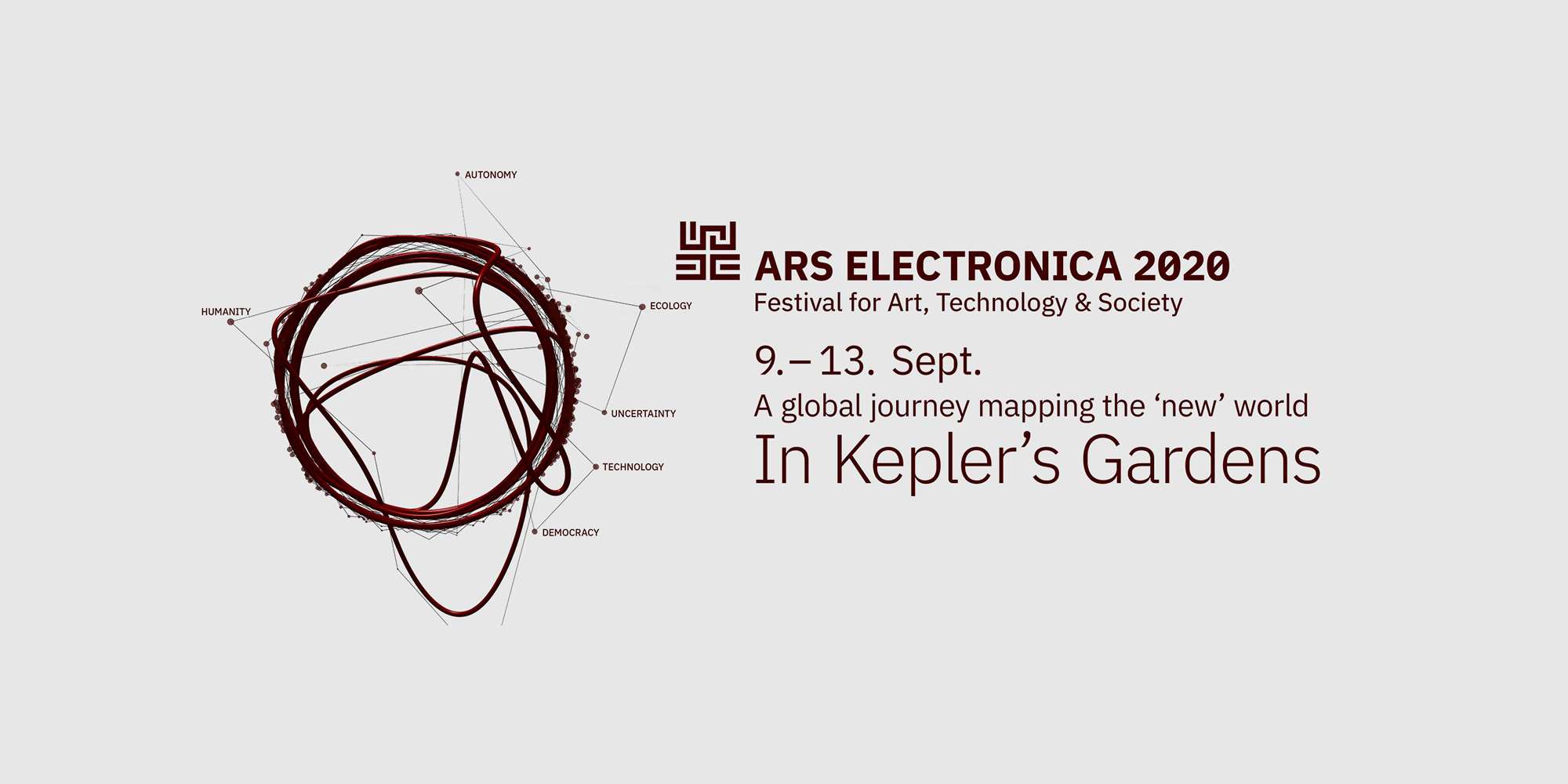Technology

Magic Darts or, when every throw is a perfect hit
Andreas Stelzer (AT), Rudolf Scheidl (AT)
Darts is a popular game, but difficult to master. In this version of darts, players always hit the bullseye. What looks like witchcraft is revealed as a mechatronic system, with a novel microwave sensor network and ultrafast hydraulic actors interacting. Such technologies will affect our future daily life, e.g. in self driving cars, with microwaves allowin us to see in the dark, with fog or dust; or in exoskeletons, where hydraulic actuation enables ultimate compactness.
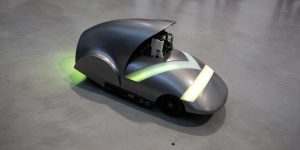
K – JKU’s Interactive Robocar
Institute for Machine Learning, LIT AI Lab, LIT Robopsychology Lab, Johannes Kepler University (AT); Inseq Design (AT)
K ist ein sympathisches kleines Robocar: Gemessen an der Größe klein, aber in der Ausstattung sehr schlau! Benannt nach dem berühmten Mäzen der JKU, Johannes Kepler, fährt es selbstständig auf wechselndem Terrain, kann die Bewegungsmuster von Fußgängern vorhersagen und interagiert spielerisch mit seiner Umgebung.
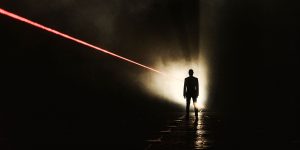
The Experimenta Garden - A Drone Opera (2015 – 2020)
Experimenta (AU)
The Experimenta Garden features the multi-platform work A Drone Opera (2015 – 2020)
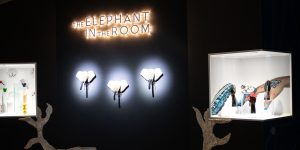
The Elephant in the Room
Melanie Baumgartner (AT), Florian Hartmann (AT), David Preninger (AT)
Natur-inspirierte Robotik ist kollaborativ, anpassungsfähig und ökologisch. Mit biologisch abbaubaren und essbaren Materialien lassen sich neue Technologien verwirklichen, die mit Mensch und Natur nachhaltig wechselwirken. Nachahmungen eines Elefantenrüssels verkörpern solch weiche natur-inspirierte Robotik und interagieren ganz natürlich mit den Besuchern in Keplers Gärten.

Robots Talking To Me
LIT Robopsychology Lab, Johannes Kepler University (AT)
Wie sollen Roboter mit Menschen kommunizieren? Welche Stimme sollen KI-Assistenten haben, damit wir ihnen vertrauen können? Müssen wir überhaupt auf Zeichen und Worte von Robotern hören oder sollen wir immer selbst das Sagen haben? Unter dem Titel Robots Talking to Me präsentiert das *LIT Robopsychology Lab* vier Installationen, die psychologische Fragen von Mensch-Maschine-Beziehungen erlebbar machen und zum Mitmachen einladen.
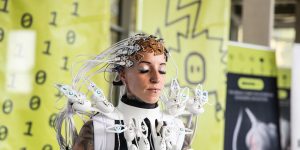
The Pangolin Scales
Thomas Faseth (AT), Harald Pretl (AT), Christoph Guger (AT), Anouk Wipprecht (NL)
The Pangolin Scales demonstriert die weltweit erste 1.024-Kanal Gehirn-Computer Schnittstelle (engl.: Brain-Computer Interface; kurz: BCI), welche Informationen des menschlichen Gehirns mit einer bisher nicht existenten Auflösung extrahiert, um damit ein interaktives, modisches Kleid zu steuern.
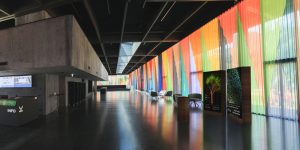
Treeversity
Johann Höller (AT), Thomas Lorenz (AT), Florian Gruber (AT), Ursula Niederländer (AT), Tanja Illetits-Motta (AT), Raphael Blasi (AT), Andreas Rösch (IT), Stefan Küll (AT)
Treeversity focuses on the relation between Big Data and data visualization to convey complex information at a glance. A mirror of the university’s inner workings, diligently recording success, failure and evolution. A portrait of its life in the form of a tree. Courses, grades and exams become branches, creating many different trees. Fully grown or nascent, withering or growing erratically. Treeversity shows the university as a forest, providing a tool to analyze its mechanisms at the same time.
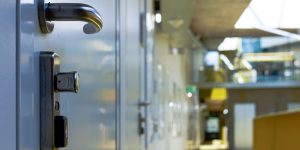
Exposed Building
Michael Roland (AT), Michael Mayr (AT), Robert Holzinger (AT), Markus Vogl (AT)
Durch Öffnen eines Wandpanels und einen Hack der dahinter liegenden, vernetzten Gebäudeelektronik wird Zugriff auf das elektronische Schließsystem des Science Park 2 erlangt. Das Gebäude verwandelt sich mit seinen in den Türschlössern verbauten Summern in ein Orchester und erklingt wie ein riesiges, begehbares Instrument. Die Installation soll auf eine spielerische Art und Weise dazu anregen, sich mit der Verletzlichkeit moderner Technik und den damit erwachsenden Risiken für unsere Gesellschaft auseinanderzusetzen.
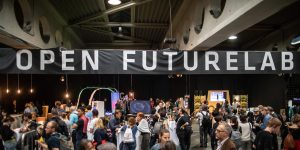
Open Futurelab Exhibition
Die Ausstellung Open Futurelab Exhibition zeigt die aktuellen Forschungen und Projekte des Ars Electronica Futurelab – dem Forschungs- und Entwicklungsmotor der Ars Electronica.
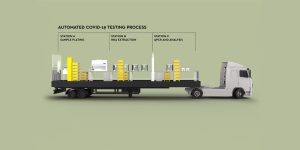
CONTAIN - Mobile COVID19 Emergency Testing Facilities
Open Cell (UK)
CONTAIN units are rapidly deployable COVID-19 testing laboratories housed in shipping containers. The design allows transportation to any location through standard shipping services. Automated RT-qPCR protocols can deliver 2,400 tests per unit in 24 hours.

Digital Government in a Box
LIT Law Lab, Johannes Kepler University (AT)
Vom „gläsernen Bürger“ und „Social Scoring“, über KI-gestützte Wahrheitsfindung im Gerichtssaal, bis zum maschinell erstellten Bescheid: Die Digitalisierung der Verwaltung und der Gerichtsbarkeit kennt viele Facetten. Sie bedarf nicht nur einer Betrachtung des technisch Möglichen, sondern auch des rechtlich Erlaubten und rechtspolitisch Gewollten. Vor diesem Hintergrund widmet sich das LIT Law Lab mit zwei Installationen den (grund- und datenschutz-) rechtlichen Rahmenbedingungen, Problemen einer sowie Lösungsvorschlägen für eine digitalisierten Vollziehung.

KI-Wahrheitsmaschine
LIT Law Lab, Johannes Kepler Universität (AT)
Vom „gläsernen Bürger“ und „Social Scoring“, über KI-gestützte Wahrheitsfindung im Gerichtssaal, bis zum maschinell erstellten Bescheid: Die Digitalisierung der Verwaltung und der Gerichtsbarkeit kennt viele Facetten. Sie bedarf nicht nur einer Betrachtung des technisch Möglichen, sondern auch des rechtlich Erlaubten und rechtspolitisch Gewollten. Vor diesem Hintergrund widmet sich das LIT Law Lab mit zwei Installationen den (grund- und datenschutz-) rechtlichen Rahmenbedingungen, Problemen einer sowie Lösungsvorschlägen für eine digitalisierten Vollziehung.

Biocomputer Rhythms
Interdisciplinary Centre for Computer Music Research (ICCMR), University of Plymouth (UK), Eduardo Reck Miranda (BR/UK)
Biocomputer Rhythms is a piece for prepared piano and percussion. It is a musical duet between a pianist and an intelligent interactive biocomputer. The biocomputer listens to the piano and produces musical responses during the performance. The responses are played on percussion instruments and on the piano by the pianist. The piano is prepared with electromagnetic actuators positioned inside the instrument to vibrate its strings. Electromagnetic actuators are also used to vibrate percussion instruments.
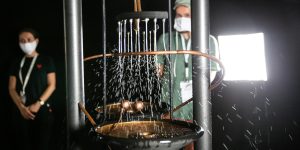
Dancing Water - sichtbare elektrostatische Energie
Leon Kainz (AT)
Diese Installation basiert auf einem einfachen physikalischen Prinzip, das mittels Wasser elektrostatische Aufladungen erzeugt. Die geladenen Wassertropfen wirbeln in dynamischen Bahnen um Kupferstangen herum und reagieren auf nahe befindliche Körper. Die gesammelte Ladung kann eine Glühbirne zum Leuchten bringen und zentimeterlange Blitze erzeugen.
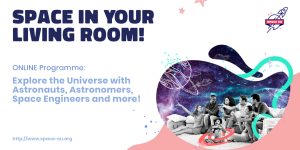
The Step into Space Garden
Leiden University (NL)
The Step into Space Garden is a journey of discovery through the story of space and your part in it. It presents online and in person events bring together space sciences and arts, through exhibitions and participatory activities with a focus on projects by and for youth.
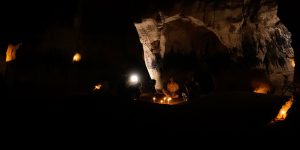
Finding Amir / From Jerusalem to the Judaea Desert, Israel
Musrara, the Naggar School of Art and Society (IL)
The day that Covid19 sent us all into isolation, Amir Meir, a member of the Musrara Sonic Art Research Group׳ announced he was going to spend the quarantine in one of the many caves in the Judean Desert near Jerusalem and disappeared ever since. With the aid of space and sound illusions practices, the film "Finding Amir" tries to touch on the in-depth questions about the imagined realities that lie behind the walls of digital and symbolic representation.
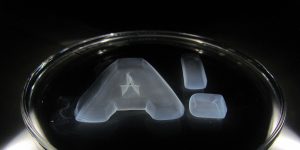
Chronicles of an Art and Science Collaboration, Otaniemi-Espoo, Finland
Aalto University (FI)
The project highlights the use of autoethnographic narrative as tool for artistic and design research. It brings together self-reflections from three scientists who participated in an art and science collaboration dealing with the use of bio-cellulose for art and design purposes. Through their stories we learn about what inspired them to follow careers in science and how the making of a contribution to sustainability and the good of humankind sustains their work objectives.
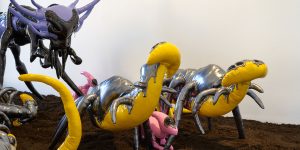
A glimpse into the cultural capital program
European Capital of Culture Esch2022 (LU)
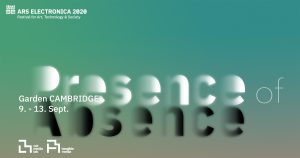
Presence of Absence
Tangible Media Group | MIT Media Lab (US)
The Cambridge Garden by Tangible Media Group for Ars Electronica Festival 2020, we will be featuring selected projects that materialize the Presence of Absence. Our garden introduces the latest in Tangible Telepresence research to engage people who collaborate across time and space with synchronized tangibles. We also feature a variety of dynamic computational materials we call Radical Atoms that foster a new form of human-material interactions.
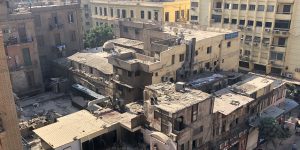
WE ARE DATA
Cairotronica (EG)
WE ARE DATA came as a response to a rising responsibility placed on "technology" as a tool which facilitates inclusive development and solutions to many challenges currently facing cities like Cairo. This, in turn, raises questions about security, privacy, accountability, bias, agency, transparency, and ethics among many others. Through the We Are Data fellowship, we wanted to encourage dialogue on the complexity of technology and data from the perspective of 6 Egyptian artists.
